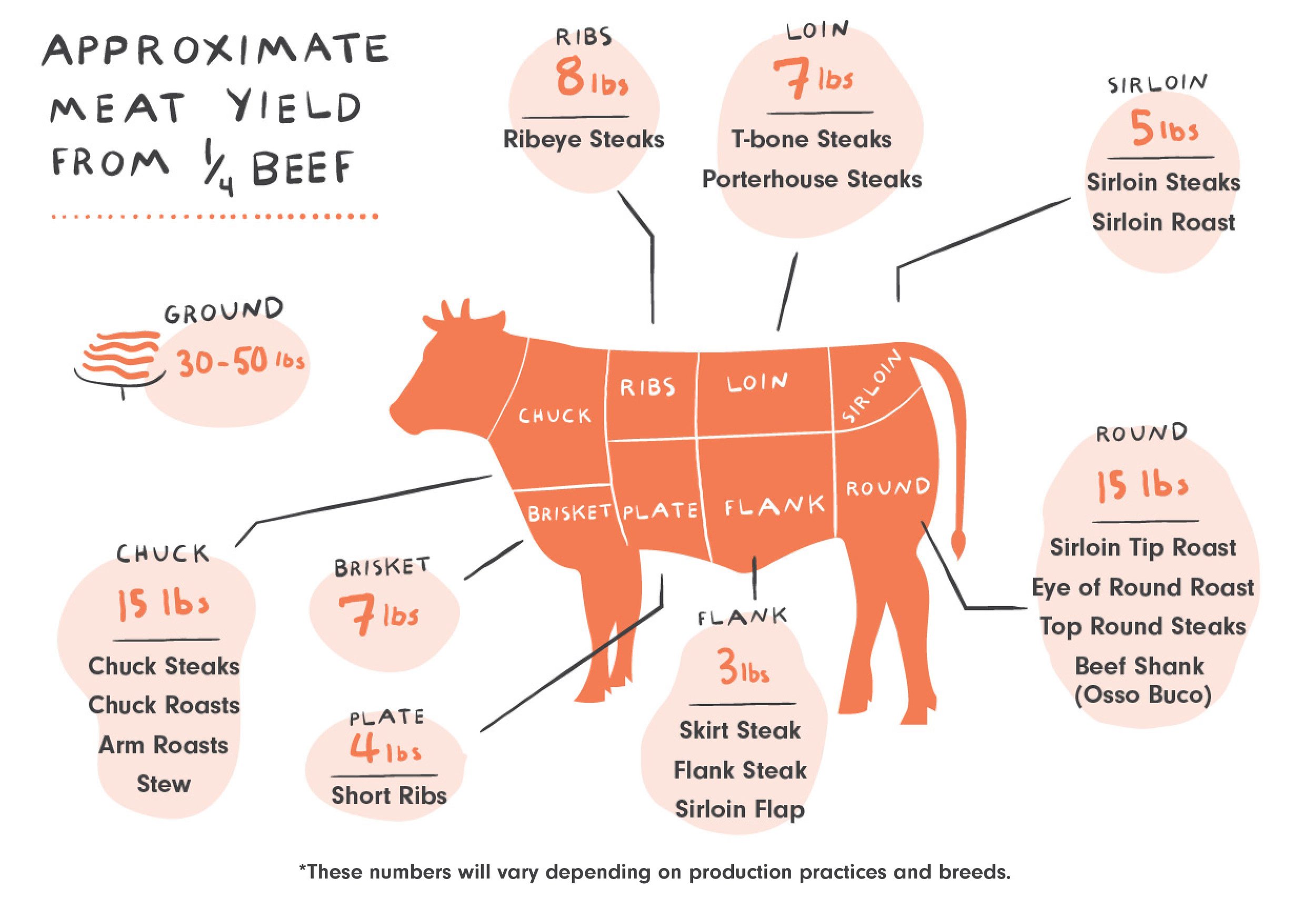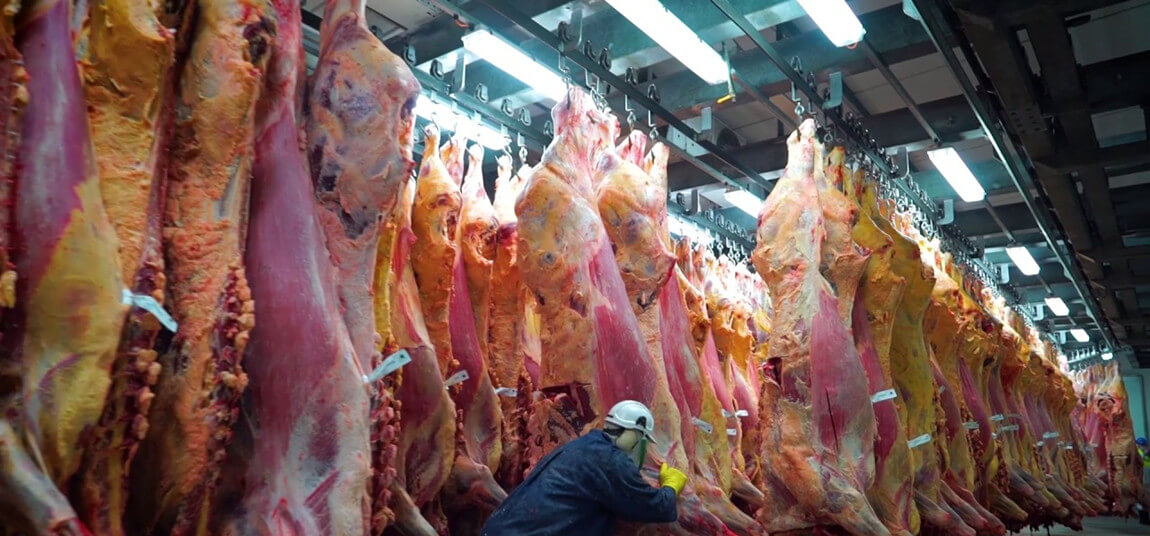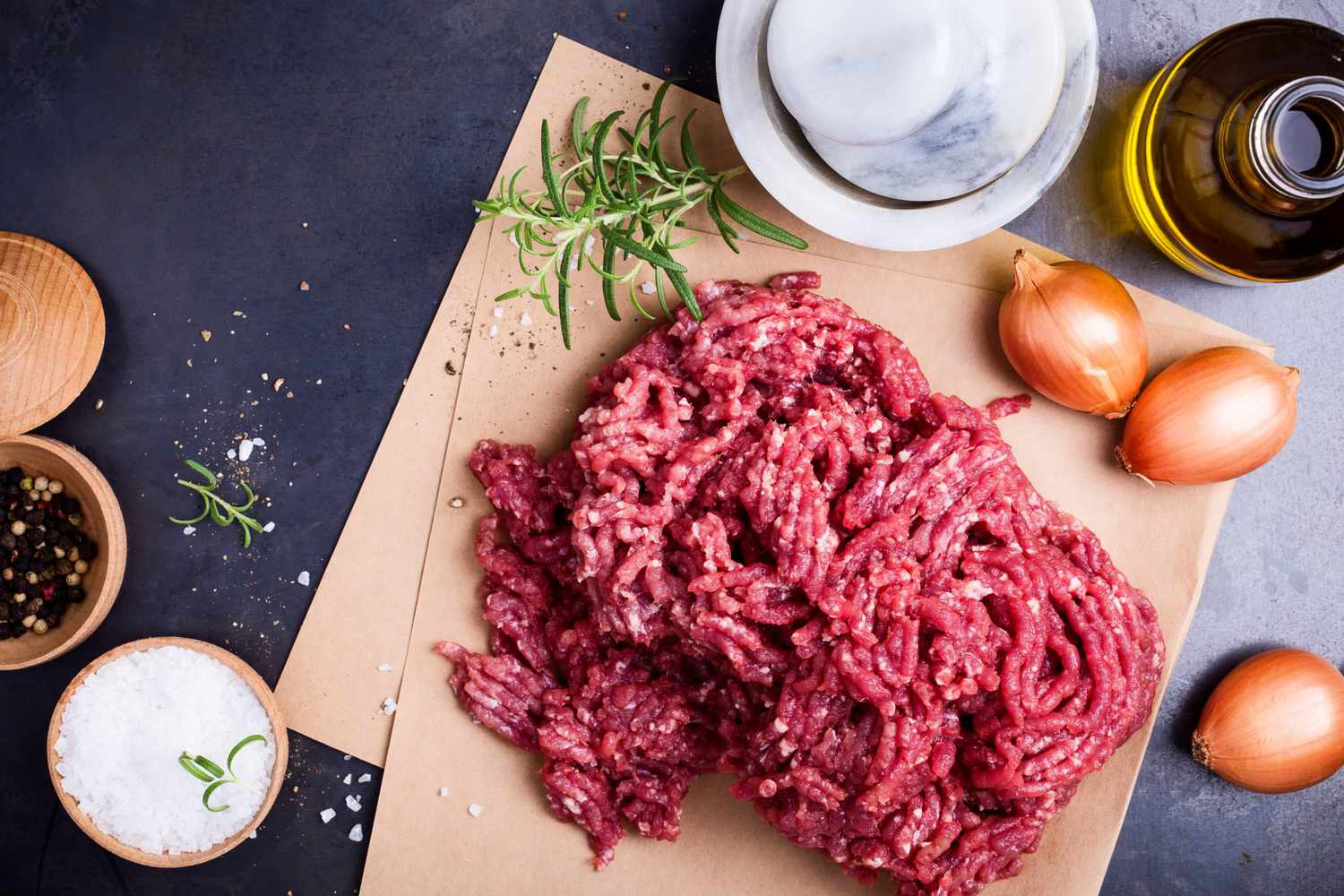How Many Hamburgers Can You Get From a Cow? Exploring the Meat Yield
When it comes to the world of hamburgers, a common and curious question often arises: "How many hamburgers can you get from a cow?" The process of transforming a live animal into the juicy patties we savor at cookouts and restaurants is a complex one. In this article, we'll dive into the factors that determine the meat yield from a cow and provide a comprehensive overview of the journey from pasture to plate.
I. Understanding Meat Cuts and Yield
To comprehend the process of obtaining hamburgers from a cow, it's essential to grasp the concept of meat cuts and yield. A single cow can provide various cuts of meat, including sirloin, ribeye, brisket, and chuck.

Meat Cuts and Yield
These cuts differ in tenderness, flavor, and fat content, affecting their market value and ultimate use in hamburger production.
II. Factors Influencing Meat Yield
Several factors play a pivotal role in determining the meat yield from a cow:
1. Breed and Genetics: Different cattle breeds possess varying body structures and meat distribution. Some breeds are specifically bred for their meat production, resulting in higher yields.
2. Age and Weight: Younger cows generally have more tender meat, while older cows might be used for ground beef due to their tougher texture. The weight of the cow also impacts the overall meat yield.
3. Fat Content: The fat content within the cow's body affects the final meat yield. Fattier cows might yield more ground meat suitable for hamburger production.
4. Processing Techniques: The methods used during butchering and processing also influence the meat yield. Skilled butchers can maximize the amount of usable meat obtained from a cow.

Processing Techniques
III. The Butchering Process
The journey from a live cow to hamburger patties involves intricate butchering steps:
1. Slaughter: The cow is first humanely slaughtered in a processing facility, adhering to strict regulations to ensure food safety and quality.
2. Carcass Preparation: The cow's body is then cleaned, skinned, and eviscerated, resulting in the carcass that will be transformed into various cuts.
3. Primal Cuts: The initial cuts divide the carcass into larger portions, including the forequarter and hindquarter. These sections are then further divided into primal cuts like ribs, loin, and round.
4. Sub-Primal Cuts: Primal cuts are subsequently divided into sub-primal cuts, which are the precursor to individual steaks and roasts.
IV. Ground Beef Production
A significant portion of hamburger meat comes from the ground beef production process:
1. Trimming and Grinding: Trimmings from various cuts, including those less suitable for standalone consumption, are collected. These trimmings are ground to produce the ground beef used for hamburgers.

Ground Beef
2. Quality Control: Stringent quality control measures are in place to ensure that the ground beef meets safety and hygiene standards.
V. Quantifying the Yield
While the exact number of hamburgers obtained from a cow can vary, a rough estimate can be made:
1. Yield Percentage: On average, a cow yields about 40-50% of its live weight in meat. From this meat, only a portion is suitable for hamburger production.
2. Hamburger Patties: Assuming that about 25-30% of the meat is suitable for ground beef, a 1,000-pound cow could potentially yield around 250-300 pounds of ground meat.
VI. Conclusion
In conclusion, the journey from a cow to a hamburger involves intricate processes that consider factors like breed, age, and meat quality. The meat yield from a cow can vary significantly, with processing techniques and cuts playing a crucial role. While the precise number of hamburgers obtained from a cow remains fluid, understanding the intricate process enhances our appreciation for the delicious burgers we enjoy.
The next time you bite into a juicy hamburger, you'll have a deeper understanding of the journey it took from the pasture to your plate. The intricate art of butchering and processing, combined with factors that influence meat yield, paints a fascinating picture of the relationship between our food and the animals it comes from.